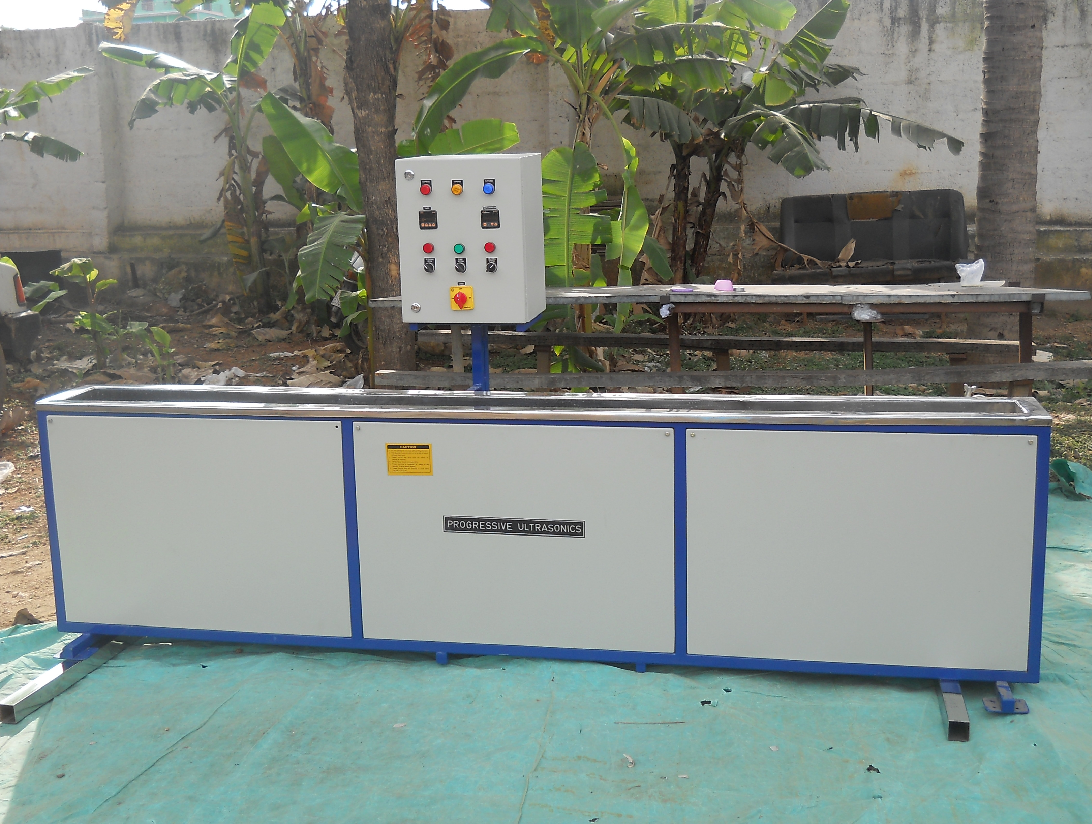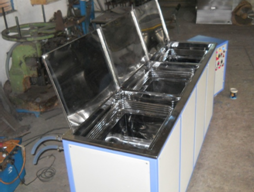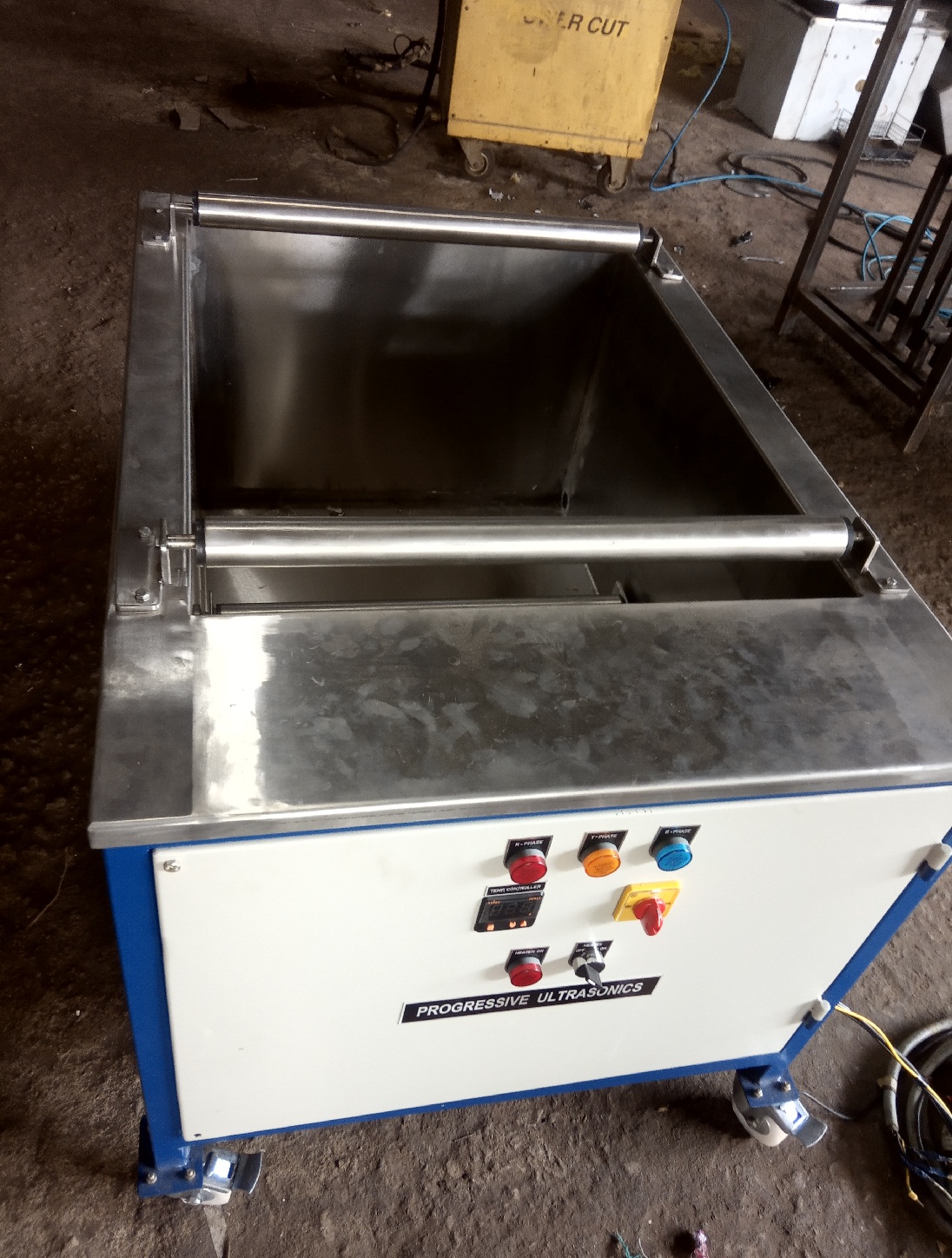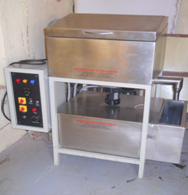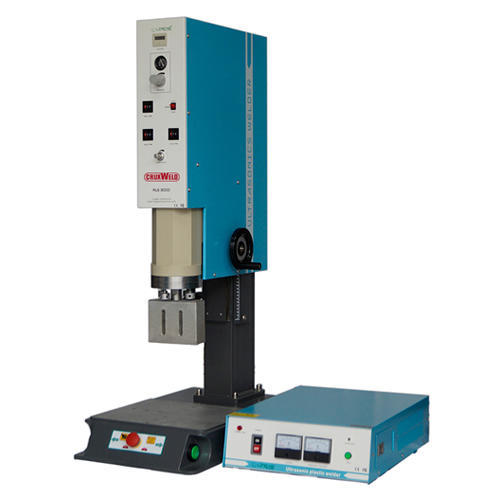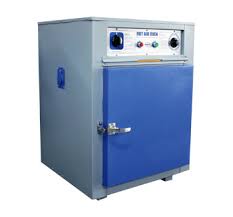Products

ULTRASONIC CLEANING MACHINE
Ultrasonic cleaning is a process that uses ultrasound (usually from 20–40 kHz) to agitate a fluid. The ultrasound can be used with just water, but use of a solvent appropriate for the object to be cleaned and the type of soiling present enhances the effect. Cleaning normally lasts between three and six minutes, but can also exceed 20 minutes, depending on which object has to be cleaned.
Ultrasonic cleaners are used to clean many different types of objects, including jewelry, scientific samples, lenses and other optical parts, watches, dental and surgical instruments, tools, car fuel injectors, industrial machine parts and electronic equipment.
Ultrasonic cleaning uses cavitation bubbles induced by high frequency pressure (sound) waves to agitate a liquid. This action also penetrates blind holes, cracks, and recesses. The intention is to thoroughly remove all traces of contamination tightly adhering or embedded onto solid surfaces
Ultrasonic cleaning makes possible almost instantaneous removal of strongly adhering powder / soils from hard to reach surfaces. It is particularly suitable where very high standards of cleanliness are required.


